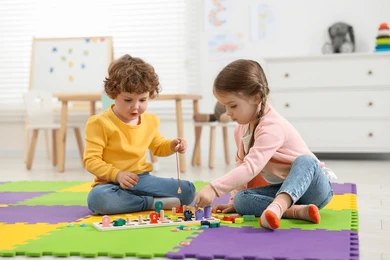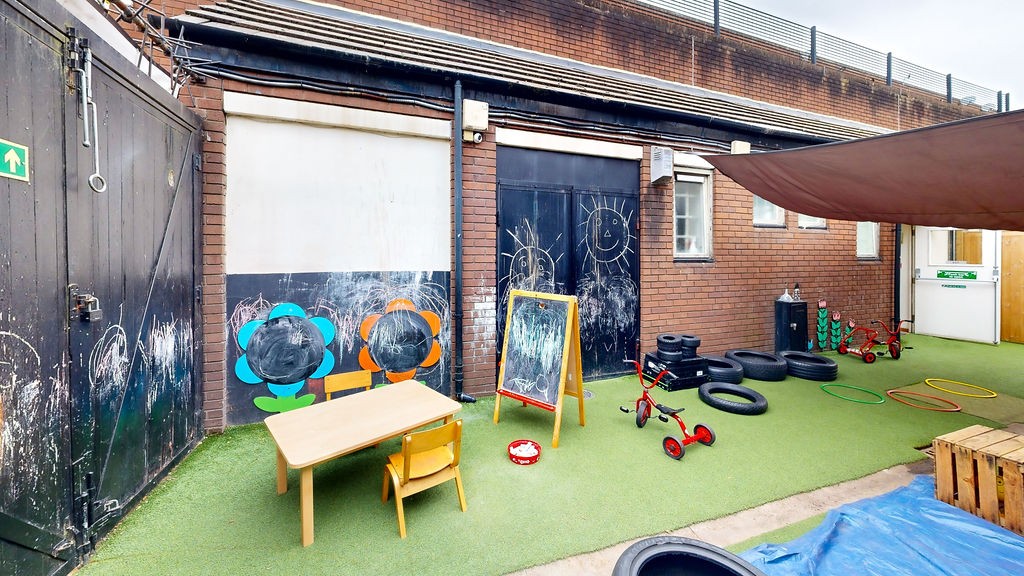Cultural capital plays a significant role in shaping the educational journey of children. As we explore the importance of this concept in early childhood education, we’ll delve into its meaning, relevance, and how it contributes to creating a more equitable and inclusive learning environment. This article highlights how cultural capital influences educational success and offers practical strategies for incorporating it into early years curricula.
The Concept of Cultural Capital

The term “cultural capital” was coined by the French sociologist Pierre Bourdieu. Bourdieu defined it as the collection of cultural knowledge, experiences, and practices that individuals acquire throughout their lives. This includes everything from language skills and family traditions to exposure to art, history, and community involvement. Bourdieu argued that cultural capital is a valuable resource that influences social mobility and success.
In early childhood education, cultural capital refers to the knowledge, skills, and experiences that children bring with them into the classroom. These experiences shape their understanding of the world and directly impact their learning outcomes. Children from different backgrounds possess varied forms of cultural capital that, when recognized and utilized effectively, can significantly enhance their educational experience.
Cultural Capital in Early Childhood Education
Cultural capital is critical in early childhood education because it influences how children approach learning, interact with peers, and engage with their environment. Children who come from diverse cultural backgrounds have unique strengths and perspectives that contribute to the richness of the classroom setting. When early years settings actively recognize and integrate this cultural capital, they foster an inclusive atmosphere that encourages growth and learning.
At Smart Kids Day Nursery, we value diversity and individuality. Our childcare values are rooted in respect, inclusivity, and the understanding that every child brings something valuable to the table.
The Education Inspection Framework (EIF) and Its Implications for Early Years Providers

The Education Inspection Framework (EIF), developed by Ofsted, plays a crucial role in shaping the approach to cultural capital in early years settings. The framework recognizes that the quality of education is not just about academic achievement but also about providing children with the skills and experiences necessary for future success.
According to the EIF, cultural capital is an essential part of a child’s development and should be embedded throughout the curriculum. Ofsted has highlighted the importance of integrating cultural capital into early childhood education to ensure that all children, regardless of their background, have equal opportunities to succeed. This emphasis pushes educators to think beyond academic performance and focus on providing children with a holistic educational experience that nurtures their social, emotional, and cognitive development.
Supporting Disadvantaged Children Through Cultural Capital
One of the most important applications of cultural capital is its role in supporting disadvantaged children. Children from lower-income or marginalized communities may not have access to the same cultural resources or experiences as their peers. Recognizing the cultural capital that these children bring with them can help bridge the gap and ensure that they have equal access to educational opportunities.
Support strategies include offering diverse learning materials that reflect different cultures, creating opportunities for children to explore their community, and providing resources that expand their experiences. For example, healthy eating for kids is one area where children from diverse backgrounds can be introduced to a variety of cultural foods, fostering appreciation and inclusivity.
Practical Implementation of Cultural Capital in Early Years Settings
Incorporating cultural capital into early years settings involves a deliberate and thoughtful approach. Here are some practical strategies for educators to implement:
-
Curriculum Development: Design curricula that are inclusive and reflect the cultural diversity of the children in your care. This could involve introducing diverse books, music, art, and historical perspectives.
-
Family Engagement: Involve families in the educational process by learning about their cultural background, interests, and values. This can guide educators in planning experiences that resonate with children’s home lives.
-
Multicultural Resources: Use resources that reflect the diversity of the children and families in your setting. This includes incorporating materials in different languages, offering multicultural books, and showcasing artwork and stories from various cultures.
These strategies are at the core of our educational approach at Smart Kids Day Nursery, where every child’s learning journey is valued and supported.
Engaging with Families to Understand Children’s Interests Better
Family engagement is an essential aspect of understanding a child’s cultural capital. Parents and caregivers are the primary influencers of a child’s cultural knowledge and practices. By building strong relationships with families, educators can better understand the child’s interests, traditions, and values.
Regular communication with families allows educators to plan experiences that are relevant to each child’s life, encouraging deeper engagement in the classroom. Whether through family events, parent-teacher meetings, or informal chats, family involvement provides valuable insights that support children’s learning. If you’d like to get in touch or discuss your child’s unique background and needs, you can easily contact us here.
Utilizing Multicultural Resources to Reflect Diversity in Education Materials
Diversity in educational materials is crucial for ensuring that all children see themselves reflected in their learning. Including multicultural resources—whether books, toys, or classroom decorations—ensures that children from all backgrounds feel valued and recognized. These resources also provide opportunities for children to learn about cultures beyond their own, promoting empathy, understanding, and social cohesion.
Representation matters in education, and by diversifying classroom materials, educators can foster an inclusive environment that celebrates different cultures, languages, and traditions.
Enhancing Learning Opportunities Through High-Quality Interactions and Enriched Activities
High-quality interactions between educators and children are key to enhancing learning experiences. Conversations, questioning, and listening are all part of fostering language development and critical thinking. These interactions, when paired with enriched activities—such as storytelling, hands-on play, or community exploration—create meaningful learning moments that support children’s growth.
Incorporating cultural capital into these activities ensures that children are not only developing academically but also socially and emotionally. Engaging children in discussions about their experiences, traditions, and cultural backgrounds enriches their understanding of the world and fosters a sense of belonging.
Conclusion: Valuing Children’s Unique Contributions to Learning Environments
Cultural capital is a vital part of early childhood education that should not be overlooked. By recognizing and valuing the unique contributions of each child, educators can create learning environments that are rich, diverse, and inclusive. This approach not only benefits individual children but also enhances the educational experience for everyone in the classroom.
As we continue to focus on the importance of cultural capital, it’s crucial for educators and policymakers to keep pushing for practices and policies that prioritize inclusivity, diversity, and equal opportunity in education. Valuing children’s cultural capital today will pave the way for a brighter, more equitable future for all learners.

